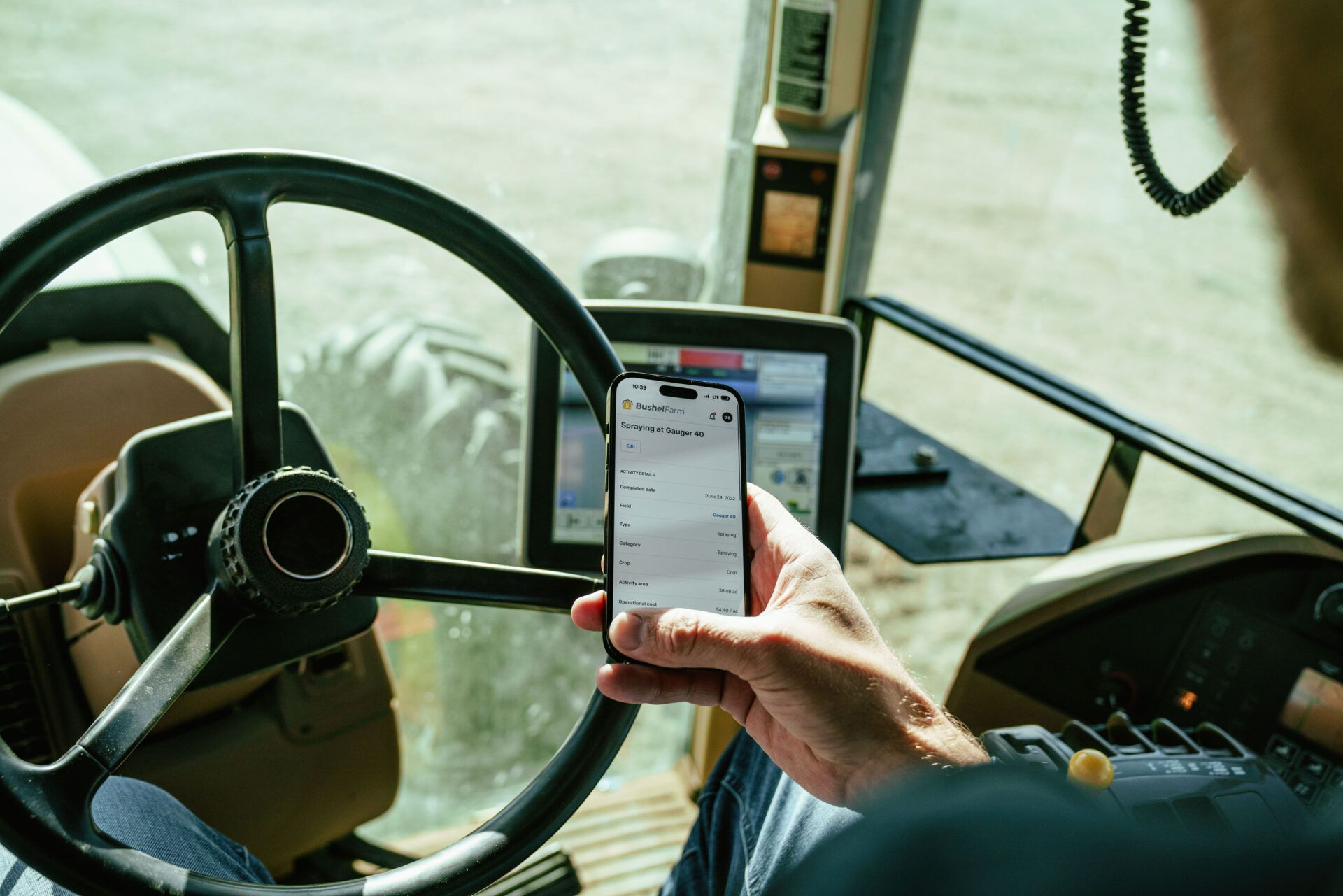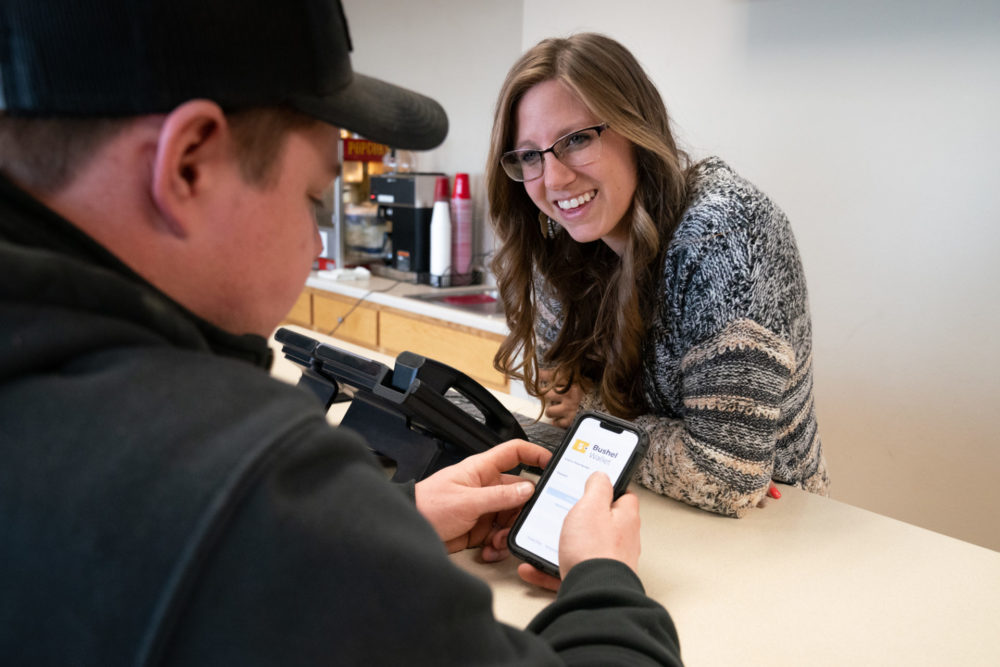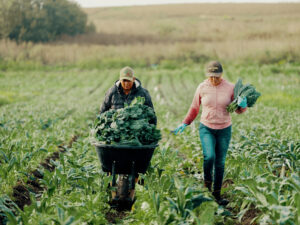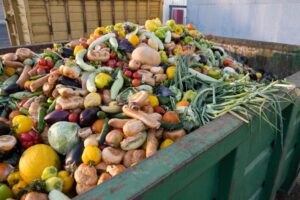Despite concerns around high costs, there is “aggressive adoption” of farm technologies by the younger farming generations, says the 2024 edition of Bushel’s State of the Farm report.
Bushel‘s annual report surveys specialty and row-crop farmers in the US on farming practices, grain marketing strategies, and technology usage and perceptions.
“Our report shows they have aggressive growth plans,” Bushel product marketer Julie Christensen says of the younger (ages 18-60 generation of farmers). “It could be easy to overlook these segments – and their preferences and behaviors – but they may represent a much larger share of the market in 10-plus years.”
For example, 50% of young and high-growth farmers are “likely” or “very likely” to submit offers and/or sell grain digitally via apps or websites.
They are also most likely to use sustainable farming practices such as cover cropping, and are also more likely to participate in carbon credit programs. The report found that 50% of the 18-40 age group reported participating in some kind of payment-based carbon program.

Farming through the ages
The most recent USDA Census of Agriculture notes that the average age of the American farmer is 58 years. Concerns about aging farmers and a lack of interest from younger generations have made headlines for years as land and labor costs continue rising and farmers find it increasingly difficult to make a living.
However, the USDA notes that while the average age of the farmer rose 0.6% in its most recent data, this is “a smaller increase than average age increases between prior censuses.”
Simultaneously, there’s been an increase in the number of beginning farmers of 11% since 2017; average age of beginning farmers is 47.1 years. Farm producers under the age of 35 comprise 9% of all producers in the US.

High costs still a barrier to tech adoption
The USDA data also found that farms with internet access continued to rise from 75% in 2017 to 79% in 2022. As Bushel cofounder and CEO Jake Joraanstad said in a recent interview with AgFunderNews, the issue of rural connectivity has been “largely solved;” the new challenge is increasing adoption of digital tools amongst farmers.
Bushel’s latest State of the Farm report sticks mainly to agricultural software platforms and apps when discussing technology — not surprising since Bushel itself offers a platform in this sector.
Farm management software as a whole has grown over the last decade, but, as we noted last year in AgFunder’s annual Global AgrifoodTech Investment report, questions remain about the overall quality of the tools on offer. [Disclosure: AgFunderNews’ parent company is AgFunder.] Too frequently, farm management tools run the risks of being what Joraanstad calls “solutions in search of problems.”
Just over 30% of respondents to Bushel’s survey said they use a farm management app or software, while apps for weather and accounting were more popular.
Top reasons for not adopting these tools were “unclear benefits” of the technology and high costs. Nearly 40% of large farms (2,000-plus acres) said unclear benefits were the biggest barrier; farms with fewer than 500 acres cited high costs as their biggest barrier.
Convenience is a related factor, and a major driver of adoption, with 55% of respondents citing it as their top motivator for using software and apps for the farm.
The report defines convenience in this context as, “easier/faster to accomplish tasks or manage the business,” and adds that, “it could be hard to find value if the technology makes life more difficult.”
As Joraanstad noted in his interview, “If you don’t have a tool that the farmer is using on their phone, you’re probably not reaching the farmer. They’ve got smartphones and iPads, and the tractors are really well connected.”
“The former bar for user experience was really, really, really low,” he continued. “If we wonder why nobody used tools back then well, go look at them. Today, there’s the expectation to make [these tools] almost consumer-like in terms of ease of use.”
Bushel’s report leaves readers with a question to ponder regarding the barriers to broader tech adoption among farmers, particularly when it comes to the younger generation and general affordability, suggesting this could be an “opportunity for agribusinesses to create value and loyalty among a key demographic.”
“How will agribusinesses position themselves to build and grow relationships, beginning today?” asks Christensen. “Technology may be an important factor.”

















Sponsored
International Fresh Produce Association launches year 3 of its produce accelerator